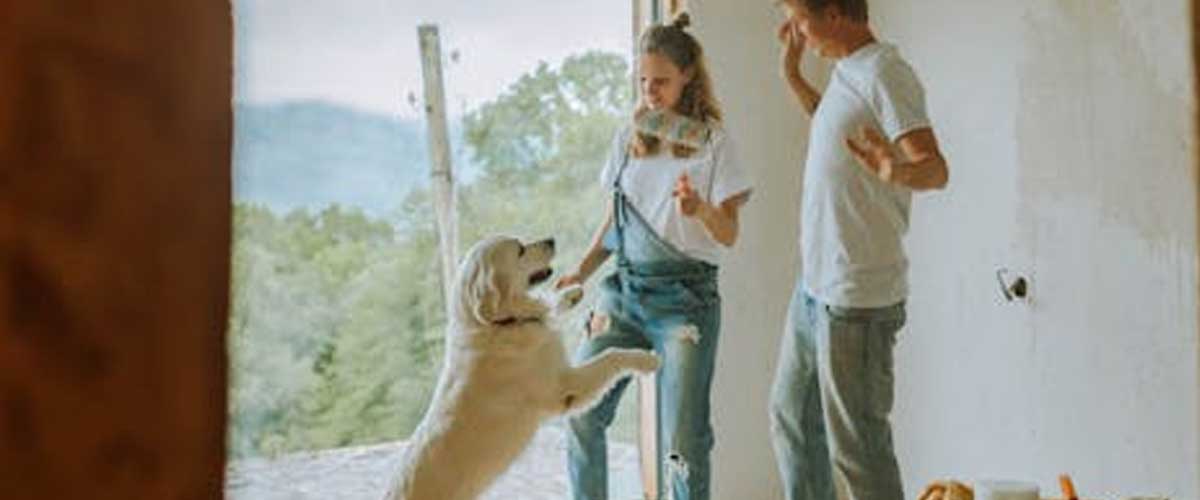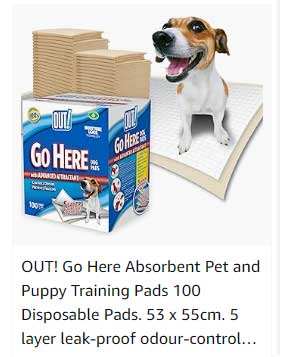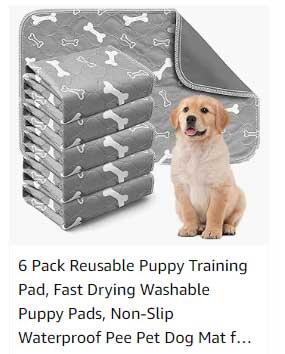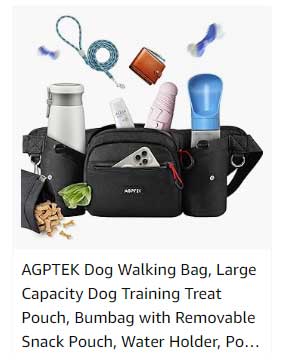Establishing a clear hierarchy within your household is essential for promoting a harmonious environment for both humans and pets.
Dogs are pack animals by nature, and they thrive when they understand their place within the family structure.
Below are some practical steps you can take to create a hierarchy that your dog will recognize and respond to positively.
1. Establish Leadership
Dogs need to see you as a confident leader.
This doesn’t mean being strict or harsh; rather, it’s about being consistent, calm, and assertive.
Here are a few tips to ensure your dog views you as the leader:
Be Consistent:
Use the same commands and cues for desired behaviors. Consistency helps your dog understand what you expect from them.
Set the Rules:
Decide on the house rules, such as which areas are off-limits and what behaviors are acceptable or not.
Ensure everyone in the household enforces these rules.
2. Set Daily Routines
Dogs thrive on routine.
Establishing a daily schedule for feeding, walks, playtime, and training can reinforce your role as the leader.
When your dog knows what to expect, they feel more secure and are more likely to follow your lead.
Feeding Times:
Feed your dog at the same times each day.
Being the provider of meals reinforces your position as the leader.
Walk Schedule:
Regular walks should be a part of daily routines.
Define who leads during walks—ideally, this should be you, establishing that you set the pace.
3. Use Positive Reinforcement
Encouraging good behavior through positive reinforcement will make it easier for your dog to understand their place in the hierarchy.
Dogs learn best when they associate actions with outcomes.
Reward Good Behavior:
Use treats, praise, or playtime to reward your dog when they follow commands or behave appropriately.
Ignore Bad Behavior:
Instead of scolding, try ignoring unwanted behaviors, as giving attention to negative actions can reinforce them.
4. Train Regularly
Training is crucial for establishing a hierarchy.
It not only teaches your dog commands but also helps them understand boundaries and expectations.
Basic Commands:
Teach essential commands like “sit,” “stay,” “come,” and “leave it.”
Mastery of these commands reinforces your leadership.
Obedience Classes:
Consider enrolling in obedience classes.
These structured environments provide great opportunities for you and your dog to learn and bond.
5. Socialization
Socialization plays a key role in developing your dog’s understanding of their place within the household and the wider world.
Introduce New Experiences:
Expose your dog to different people, pets, and environments to help them become well-adjusted and more comfortable with various situations.
Controlled Interactions:
Monitor interactions with other dogs or pets in your home to prevent any conflicts and to help your dog establish their role relative to others.
6. Promote Calmness
A calm environment aids in establishing your leadership and helps your dog feel secure in their role.
Manage Excitement:
Don’t allow jumping, excessive barking, or hyperactivity.
Encourage calm greetings and provide time for your dog to settle down.
Use Calm Energy:
Approach your dog and training sessions with a calm demeanor.
Dogs are sensitive to human emotions, and maintaining a composed attitude will help them feel more relaxed.
7. Respect Their Space
Lastly, it’s important to allow your dog their own space and time to relax.
This respect fosters mutual understanding.
Create a Safe Zone:
Designate a comfortable area where your dog can retreat and feel safe.
This could be a bed or crate in a quiet corner.
Know When to Back Off:
Recognize when your dog wants space, especially if they show signs of stress or discomfort.
Allowing them to have their moments will reinforce that you understand their needs.
Conclusion
Creating a hierarchy that your dog can understand doesn’t have to be a complicated process.
By establishing yourself as a confident leader, maintaining routines, encouraging positive behavior, and providing socialization, you’re setting the stage for a happy, well-adjusted pet.
Remember, patience and consistency are key.
Over time, your dog will appreciate the structure and guidance, leading to a deeper bond and a more harmonious household.











